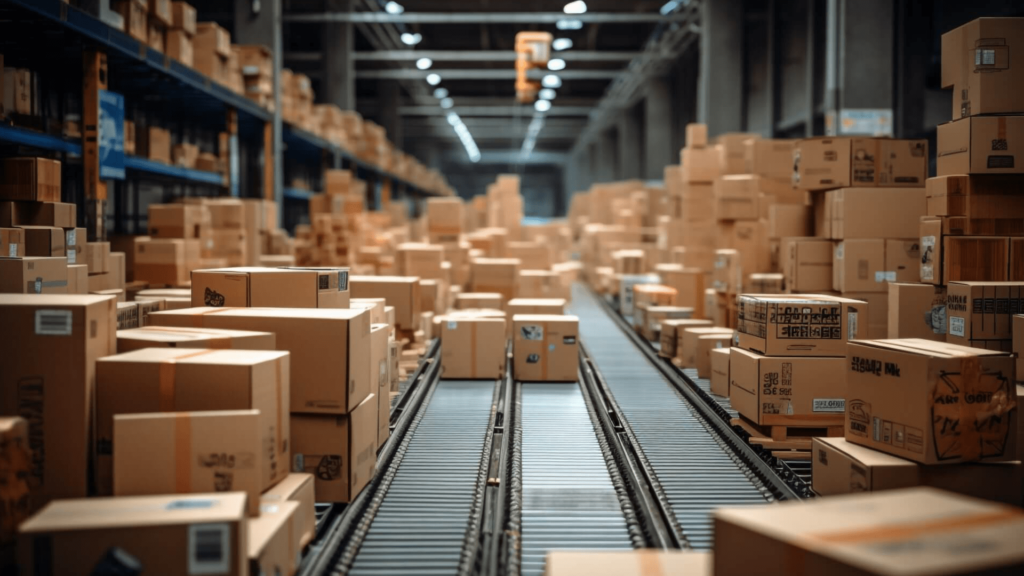Does your operation depend on international trade? Learn how to simulate your logistics costs and anticipate changes in rates, routes, and transit times.
Why simulate logistics costs in global operations?
Global operations are exposed to multiple changing variables that directly impact international logistics costs. From tariff rates to port delays or freight price fluctuations, anticipating these elements enables better decision-making and avoids significant budget deviations.
Logistics simulation becomes a key tool for visualizing these scenarios before they occur. It allows companies to test routes, suppliers, consolidation schemes, and modal alternatives without incurring real costs. For businesses that frequently import or export, this predictive capability can make a difference in profitability and compliance.
Main variables that impact international costs
Simulating means correctly identifying the critical variables that may affect costs. Below are the most relevant ones in international contexts:
Tariffs and trade restrictions
Bilateral trade agreements, customs policies, and legislative changes directly affect import/export duties. Simulations allow for the analysis of different scenarios: for example, what happens if the rules for preferential origin change, or if a new specific tax is applied to a particular product.
In addition, embargoes or temporary sanitary restrictions can influence total logistics operation costs, affecting both timing and penalties.
Freight, insurance, and handling fluctuations
Ocean and air freight rates can fluctuate sharply due to global demand, geopolitical crises, port congestion, or seasonality. The same goes for insurance, consolidation costs, port charges, and handling fees.
Modeling different behaviors of these variables helps understand the possible impact range and prepare mitigation strategies (e.g., long-term contracts or contingency logistics schemes).
Hidden costs due to delays or lack of coordination
Often, the highest costs don’t come from official tariffs but from operational deviations: delays due to incorrect documentation, unnecessary customs storage, lack of synchronization among suppliers, etc.
These situations create hidden costs that can be detected in advance through end-to-end logistics process simulations, helping identify bottlenecks or systemic risks in the operation.
How to build an effective simulation model
The value of a simulation largely depends on how the model is built. To accurately represent an international logistics operation, it’s essential to integrate real data and capture uncertainty precisely.
Input data from real systems
Integrating data from ERP, WMS, TMS, or customs platforms allows the model to more accurately reflect current operating conditions. This includes:
- Historical import/export volumes
- Average border crossing or customs clearance times
- Specific rates by item, route, and supplier
Good integration prevents the model from becoming outdated or overly reliant on theoretical assumptions.
Use of statistical distributions for uncertain processes
International logistics processes are full of uncertainty: shipment durations, container availability, customs inspections, etc. Using statistical distributions instead of fixed values captures this variability and allows for more realistic scenario simulations.
This not only improves simulation accuracy but also enables risk and sensitivity analysis based on the results.
Dynamic visualization and scenario analysis
Effective models don’t just calculate — they communicate. Incorporating interactive dashboards, logistics maps, and scenario comparisons makes it easier for management and non-technical areas to make decisions.
It also enables the simulation of multiple scenarios in parallel: what happens if a supplier changes, if the logistics network is reconfigured, or if a nearshoring strategy is implemented?
Benefits of anticipating logistics deviations before execution
Implementing an international logistics simulation model offers tangible benefits:
- Reduced operating costs by avoiding miscoordination and unplanned overruns
- Greater negotiation power with suppliers and logistics operators by better understanding real margins
- Resilience in disruptive scenarios, with alternative routes and configurations already evaluated
- Agility to respond to regulatory or tariff changes without halting operations
In short, simulation doesn’t replace experience — it enhances it with data, visualization, and foresight.
Use cases for cost simulation in imports/exports
Companies in various sectors are using this approach to optimize their international operations. Some examples include:
- Electronics component importers: simulate combined routes and consolidations to minimize the impact of air freight.
- Agro-industrial exporters: model different combinations of ports, operators, and brokers to maximize efficiency during harvest seasons.
- Retail multinationals: evaluate the impact of new trade agreements and tariff restrictions on their supply network.
Each case allows decision-making to be validated before execution, reducing high-cost errors.
Recommendations for scaling models in complex operations
When operations become larger or more diverse, scaling the simulation model is also possible, but it requires certain considerations:
- Use professional simulation platforms that support large data volumes and multiple nodes
- Modularize the model to simulate regions or products separately
- Incorporate optimization algorithms that combine simulation with ideal configuration search
- Automate data updates from internal systems and external sources
In this way, simulation becomes a living tool — evolving with the business and continuously delivering strategic value.
